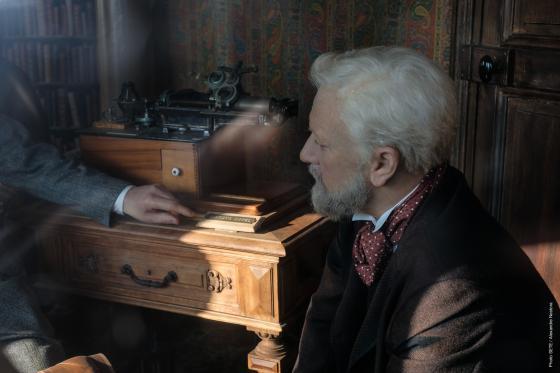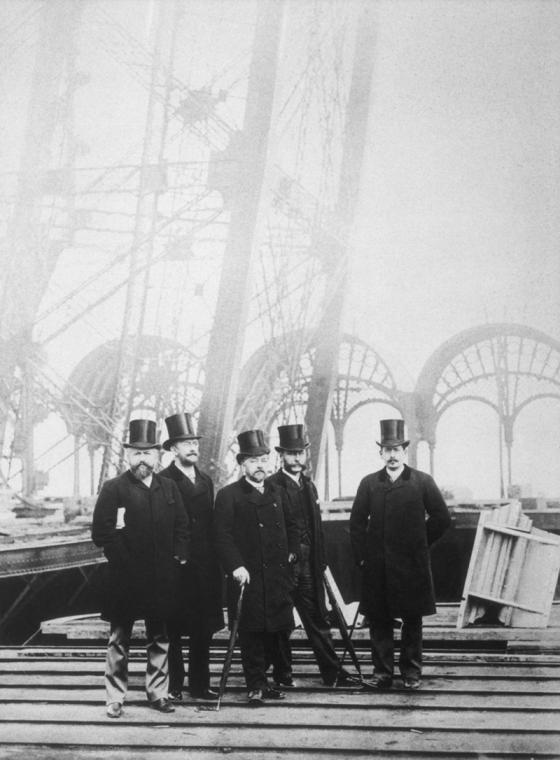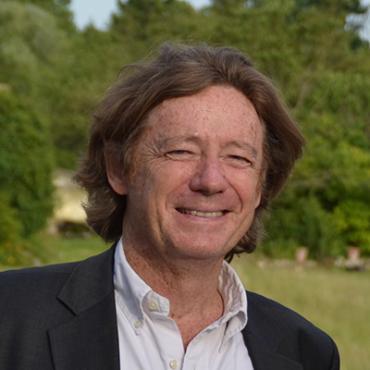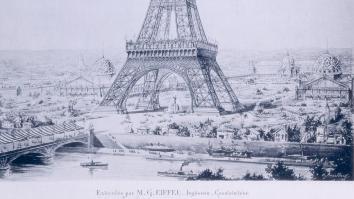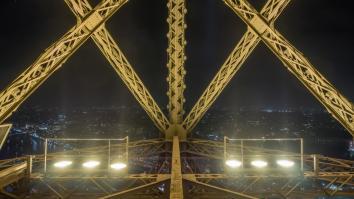Who was Gustave Eiffel?
Friday 10 May 2019
Modified the 18/01/22
Gustave Eiffel's name became famous when the Tower rose high up into the Paris sky. But he had already made a solid reputation for himself in the world of steel construction, both as an engineer and as a contractor. He was born in 1832 in Burgundy where his mother ran a coal trading business. His family, originally from the Rhineland, bears a German surname: Boenickhausen. In time the family took the name Eiffel, in memory of the range of hills originating from this region, a change that was only officially formalized in 1879.
Early leadership skills
With a gift for science, Gustave joined a prestigious engineering school, the École Centrale des Arts et Manufactures. After three years of studies, where he proved himself to be a rather carefree, energetic and undisciplined student, he left in 1855, the year of the first Universal Exposition in France. He was destined for a career in the chemical industry since his uncle owned a paint factory. But a family dispute kept him away from this path and he found a job with a construction engineer, Charles Nepveu, where he quickly took on responsibilities. After a stint with a railway company, at the age of 26 he took over the management of the construction site of one of the largest engineering structures of the time, the Bordeaux railway bridge over the Garonne River. Here, he revealed his talents as an organizer and leader of men, even saving a worker from drowning.
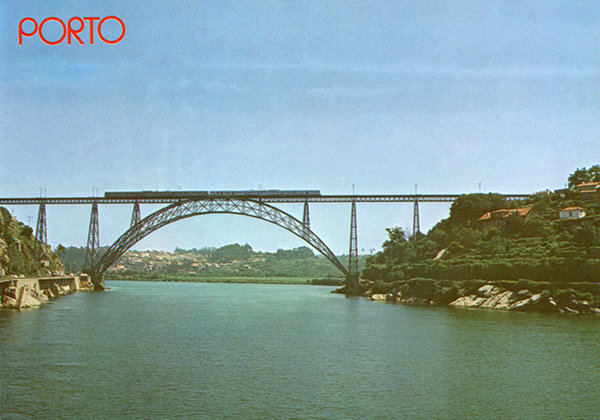
A full career even before the Tower
After some work in the southwest, he decided to set up on his own and founded his own company at the age of 32, first as a consulting engineer and then as a full-fledged builder, specializing in metal construction at a time when the railways were booming. His first major success came in 1867 with the construction of two viaducts on the Sioule River in central France. After the war of 1870, he sought to move his operations to Peru and Chile, with the support of a partner, but quickly gave up. Then came two major commissions in 1875, one for the Western Railway Station in Budapest, Hungary, and the other for the Maria Pia Viaduct in Porto, Portugal designed by his new partner, the engineer Théophile Seyrig. This was followed by a long list of successful steel constructions, bridges and structures, mainly in France but also in Portugal, Spain and Romania. Eiffel proved as skillful a negotiator as he was a business executive, probably more so than an expert engineer – even if he introduced a certain number of innovations to the principles of structural assembly or to inventive constructions, such as the reinforcement of the Statue of Liberty in New York, the mobile dome of the Nice Observatory or the small bridges sold in kits.
At 51, the adventure of the 1,000-foot tower began
In 1884, at the age of 51, Eiffel led his company to 4th or 5th place among French companies in the field. It was at this time that his two main engineers, Émile Nouguier and Maurice Koechlin, who had replaced Seyrig as head of research, proposed the idea of a 1,000-foot (300-meter) tower. Eiffel's great merit would be to have given substance to this a priori utopian idea. After the success of the Tower, Eiffel would be drawn into the scandal of the Panama Canal, for which he began building ten giant locks. This painful episode meant the end of his contracting career for him but the beginning of a new adventure. He then invested part of his comfortable fortune and most of his time and energy in various scientific research, initially intended to demonstrate the Tower's usefulness. Here he proved himself to be a true scientist – one of the pioneers of meteorology, aerodynamics and radiotelegraphy. He died at the age of 93, surrounded by many children and grandchildren, a figure who had already become world famous thanks to the Tower that bears his name.
You liked this article ? ? Share it
Opening times & Ticket prices
Today :
09:30 - 23:00
Price :
28.30€
Take Paris’ most spectacular ride to the top for €28.30 or less (€28.30 for adult ticket with access to top by lift).
